Cargando...
Recursos educativos
-
Nivel educativo
-
Competencias
-
Tipología
-
Idioma
-
Tipo de medio
-
Tipo de actividad
-
Destinatarios
-
Tipo de audiencia
-
Creador
Lo más buscado
- Letra ch
- Derechos de las mujeres
- Herramientas para física
- Ejercicios escolares para niños de 7 años
- Lagos de Europa
- Comunidades de España
- Guía didáctica
- Fast food
- Aprender a bailar
- ejercicios inglés primaria
- Repaso de economía
- Cuentos de hadas para niños
- Percepción visual
- Guerra de Irak
- Recursos 2.0
-
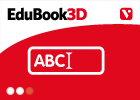
Identifica. Lexemas e morfemas
EduBook Organización
- 2006 visitas
Descompón en lexemas e morfemas as palabras que hai a continuación: peixeiro → peix-eiro claridade → - mullerona → - falásemos → - lobazo → - andabades → - multiusos → -- pianista → -…
-
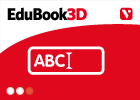
Identifica. Lexemas e morfemas
EduBook Organización
- 2006 visitas
Separa as seguintes palabras en prefixo, lexema e sufixo. Indica a palabra primitiva da que derivan: empapelado prefixo: - lexema: -- sufixo: - palabra da que deriva: incomodado prefixo: - lexema: --…
-
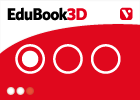
Autoavaliación T13 01 - Memorias dun río
EduBook Organización
- 2003 visitas
Indica o significado correcto destas frases feitas: Estar coas mans cruzadas. Falar polos cóbados. Non ter papas na boca. Ser un pousafoles.
-
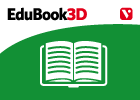
Summaries - The age of discoveries
EduBook Organización
- 2007 visitas
1. The Catholic Monarchs in Spain At the beginning of the Modern Age European kings wanted more authority. This was a new type of authoritarian monarchy. The Catholic Monarchs of Spain, Ferdinand of…
-
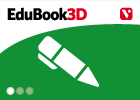
Look and answer. A bourgeois mansion
EduBook Organización
- 2001 visitas
Look at the picture and answer the questions: The bourgeoisie normally lived in big apartments or houses with many modern comforts. How many floors does this mansion have? How many rooms does it have?…
-
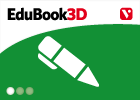
Investigate. Digestive glands
EduBook Organización
- 2006 visitas
A gland is an organ that produces substances that our body needs. These substances may be released inside or outside the body. For example, sweat glands under our skin release sweat outside the body,…
-
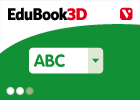
Match. Blood
EduBook Organización
- 2004 visitas
Match the definitions to the terms: They are the most common type of cell in the blood. They are round and red in colour. It is a transparent liquid which is mostly water. It transports nutrients to all…
-
Initial evaluation T9 02 - The skeletal-muscular system
EduBook Organización
- 2011 visitas
Select true or false for each sentence: The skeleton protects some organs of the body. The scapula is a long bone. The bones of movable and semi-movable joints are joined by ligaments. Many joints have…
-

Find out more
EduBook Organización
- 2010 visitas
There are other involuntary actions produced by neurons that spontaneously release nervous signals. An example of this is the nervous control of automatic breathing. We breathe because of two groups of…
-

True / False. Types of neurons
EduBook Organización
- 2010 visitas
Are these sentences true or false? There are three main types of neurons. Each type has a different function. The sensory neurons connect the sense organs to the muscles. Interneurons work separately…
Te estamos redirigiendo a la ficha del libro...













